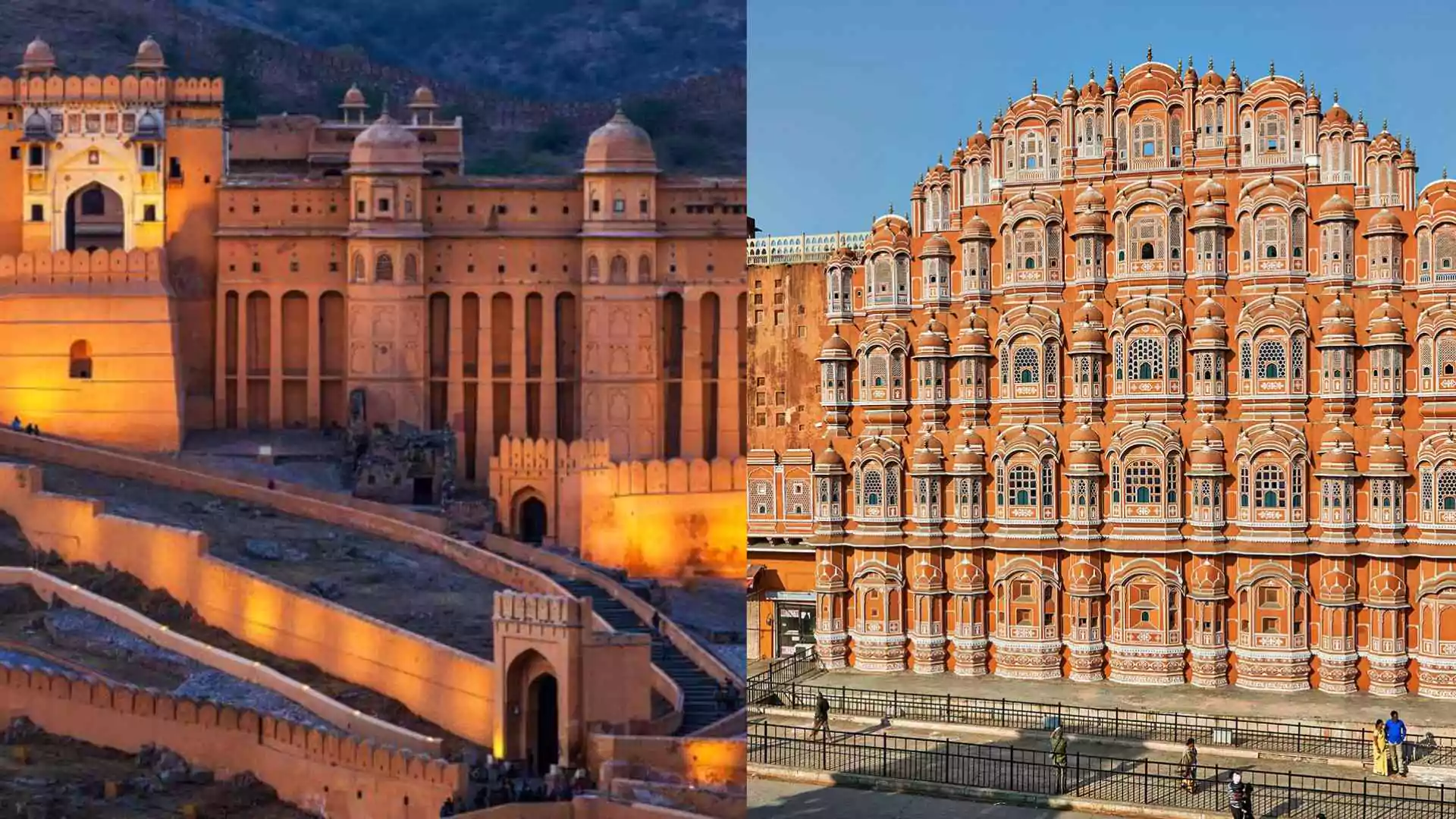The Impact of Nasrallah’s Assassination
A significant airstrike that resulted in the assassination of Hezbollah leader Hassan Nasrallah. In military terms, this assertion is difficult to dispute, given the recent actions taken by Israel against the militant group.
Hassan Nasrallah, confirmed dead on Saturday, led an organization heavily backed by Iran that has primarily focused its efforts on combating Israel. His leadership came to a fateful turning point on October 8 of last year when he ordered support for Hamas during its retaliatory strikes in Gaza following a brutal attack on Israel. While the ensuing rocket salvos from Lebanon were limited, they constituted acts of war, effectively making both Nasrallah and Hezbollah legitimate military targets in the eyes of Israel.
The consequences of Nasrallah’s earlier decisions have now become clear—he miscalculated the potential fallout. His actions provoked a fierce response from Israel but failed to initiate the two-front conflict that could have stretched Israel’s military resources thin and created an opportunity for Hezbollah and its allies to gain the upper hand.
MUST READ: SpaceX Rescues Stranded Astronauts on the ISS
Killing Hezbollah leader Hassan Nasrallah was a step toward changing “the balance of power in the region for years to come,” Israeli Prime Minister Benjamin Netanyahu declared Saturday.
Israel’s leader sees an opportunity opening up for a fundamental reconfiguration of power in Middle East and he may assume that Hezbollah are mortally wounded. Total victory, however, is elusive, and those who get what they wish for often live to regret it.
Since Sept 17, Israel has dealt the Iran-backed militant group one body blow after another in Lebanon — first the pager and walkie talkie blasts, then a massive air strike on southern Beirut which killed senior commander Ibrahim Aqil (along with at least two dozen civilians), followed three days later by the start of a brutal bombing campaign. By Friday evening – when Nasrallah was killed in a bombing that flattened multiple buildings – Hizballah’s senior leadership had been almost totally eliminated.
The Complexities of Middle Eastern Politics
Smoke rises behind the devastation in the Haret Hreik neighbourhood of Beirut’s southern suburbs, in the aftermath of the first wave of Israeli strikes on September 27, that levelled several buildings, on September 28, 2024. Israeli fighter jets bombarded the southern suburbs of Lebanon’s capital overnight into September 28, sending panicked families fleeing massive strikes that were reportedly targeting Hezbollah chief Hassan Nasrallah.
Yet recent history offers only bitter lessons for Israeli leaders — and others — who entertain grand ambitions for tectonic changes in Lebanon, and in the Middle East in general.
In June 1982, Israel invaded Lebanon with the goal of crushing the Palestinian Liberation Organisation. Beyond that, it hoped to establish a malleable Christian-dominated government in Beirut and to drive Syrian forces out of the country.
It failed at all three. Yes, Palestinian armed groups in Lebanon were compelled to leave the country under an American-brokered deal that sent them into exile in Tunisia, Yemen and elsewhere. But the goal of quashing Palestinian national aspirations along with the PLO failed. Five years later, the First Palestinian Intifada, or uprising,broke out in Gaza and spread to the West Bank. Today the Palestinians are as adamant and restive as they’ve ever been in their rejection of Israeli occupation.
MIDDLE EAST WAR ESCALLATION AFTER NASRALLAH’S BODY DISCOVERED
Two Lebanese women walk in a West Beirut street devastated by Israeli shelling during the “Operation Peace for Galilee” on July 24, 1982.
Israel’s main ally in Lebanon at the time of the invasion was Bashir Al-Gemayel, a Maronite Christian militia leader who was elected by parliament, but before he took office was assassinated in a massive blast in east Beirut. His brother, Amin, replaced him, and under his leadership and with active American involvement and encouragement in May 1983 Lebanon and Israel signed an agreement for the establishment of normal bilateral relations. In the face of intense opposition, the government fell the following February and soon the agreement was abrogated.
The US, which had deployed troops to Beirut after the September 1982 Sabra-Shatila massacres, pulled out after its embassy was twice bombed, along with the US marines and French army barracks in October 1983.
The Lebanese civil war re-erupted and raged on more than six years.
Syrian forces, which had entered Lebanon in 1976 as a “deterrence force” under an Arab League mandate, didn’t leave until 2005 after the assassination of former Prime Minister Rafiq Al-Hariri.
Perhaps the most significant outcome of the 1982 Israeli invasion was the birth of Hezbollah, which went on to wage a relentless guerrilla war that compelled Israel to unilaterally withdraw from south Lebanon – significantly the first and only time an Arab military force successfully pushed Israel to retreat from Arab land. This new group, with Iran’s help, proved to be far more lethal and effective than the Palestinian militants Israel had successfully driven out.
Hezbollah went on to fight Israel to a standstill in the 20























